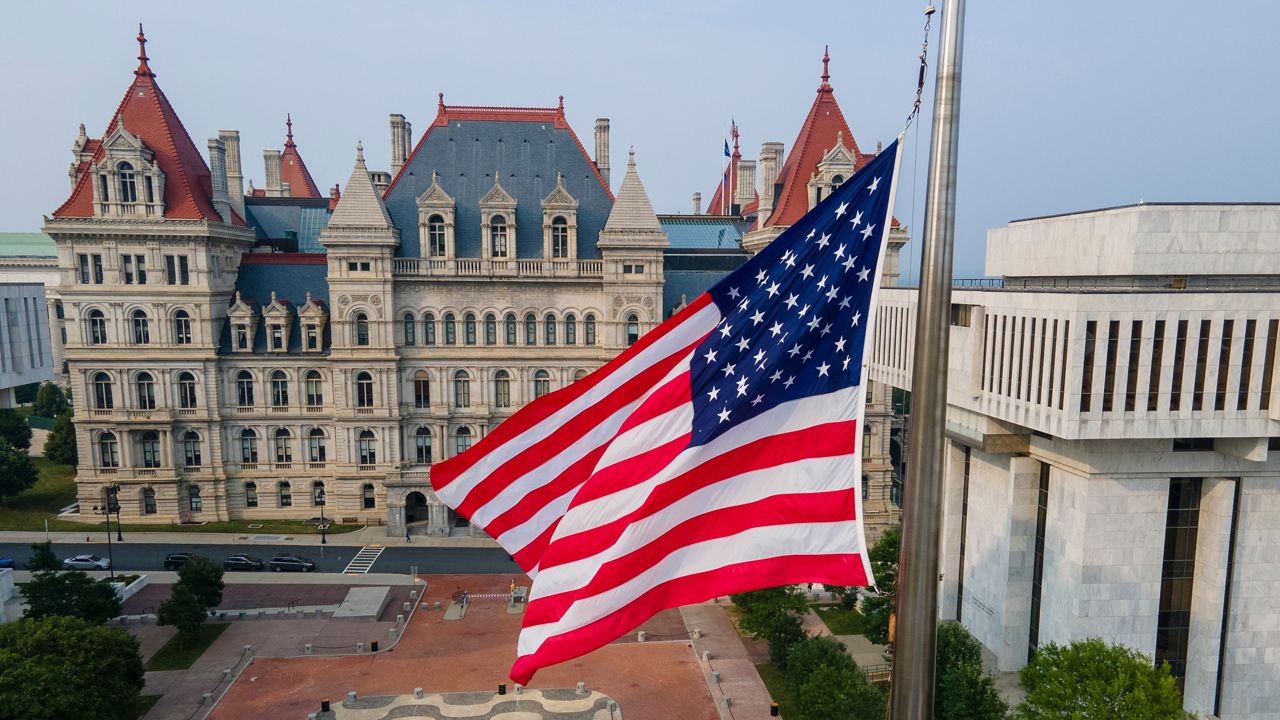The Adirondacks are perhaps more popular than ever with the lush hiking trails and campgrounds. Though the North Country is seeing a tourism boom, with tourists comes a side effect: Contending with all those people. It's a challenge for the Department of Environmental Conservation Commissioner Basil Seggos.
"It's a good problem to have. It's better to have people who want to go to the Adirondacks as opposed to want to go out to the West Coast or the Rockies or something — but now we have to deal with the traffic," Seggos said.
A growing concern has been the quality of New York's hiking trails, especially in the state's high peaks region. The Adirondack Council recently found 130 miles of trails in need of maintenance or reconstruction.
"People ultimately want to go to certain places and if they want to go to those places we have to make sure when they get there, the experience is good, the trails are in good shape, the parking options are available," Seggos said.
Initially the state sought to divert some hikers away from the more popular trails and find walks on less traveled paths. But now a more aggressive effort to deal with the influx of tourists is under consideration. This could include new planning and parking projects and even a pilot program for permits. Seggos called permits a last resort.
"This is not Yosemite, right, with two or three ways to get into the park and no one living in the park. This is the Adirondacks. You have transit corridors, commercial activity, dozens of hamlets," Seggos said.
Seggos says the biggest challenge is an overarching one: Finding a way to balance the region's tourism economy, the needs of people who live in the park itself and the preservation of the environment.
"Ultimately, we want to make sure every experience that someone wants in the Adirondacks is obtainable, safe, and the resource itself is protected along the way," Seggos said.
And an additional challenge for DEC resources is recovering lost hikers. Seggos says hikers should be prepared for a day of strenuous activity, wear closed toed shoes, and of course to pack plenty of water.










